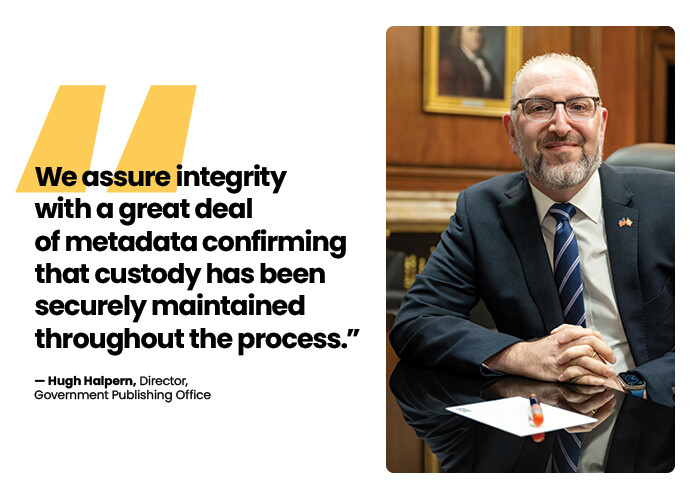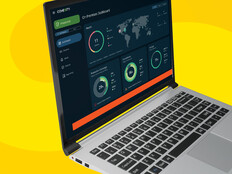The Government Publishing Office produces and distributes official government publications to Congress, agencies, federal depository libraries and the public.
Specifically, GPO publishes the Congressional Record, a daily written account of the previous day’s congressional proceedings; the Federal Register, the official journal of the government; and GovInfo, a platform for accessing and preserving official documents from the three branches of government.
“With the Congressional Record, we are essentially producing a daily newspaper,” says GPO Director Hugh Halpern. “Our staff compiles the printouts and electronic documents that Congress sends over. Our role is proofreading rather than editing, making sure our final outputs reflect Congress’s intentions.”
The electronic files sent by Congress are formatted in U.S. Legislative Markup (USLM), a standardized XML data format that supports easier downloads and repurposing. Currently, these files must go through several formatting changes, including GPO’s typesetting code, to be ready for the physical publishing of the Congressional Register and its PDF version.
Click the banner below to dive into CDW's latest cloud research.














